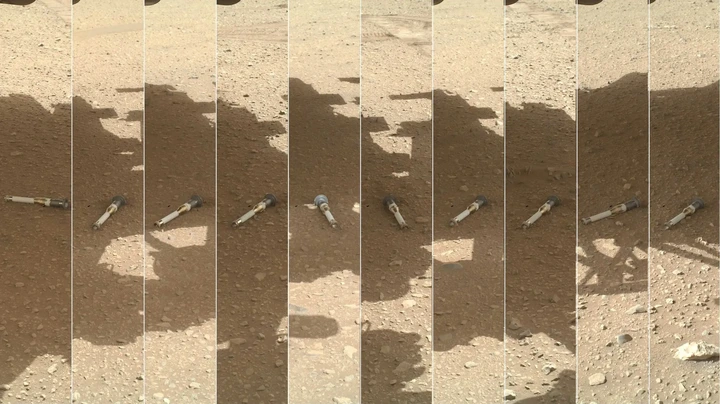Mars rock samples might hold clues to extraterrestrial life, but will NASA be able to return them to Earth?
NASA plans to investigate two distinct methods for retrieving Mars rock samples gathered by the Perseverance rover, with the potential that these samples may hold clues to the existence of extraterrestrial life.

View pictures in App save up to 80% data.
NASA has announced two potential plans for retrieving rocks from Mars that may contain evidence of alien life.
Since its launch in 2021, NASA's Perseverance rover has been actively gathering rocks and sediments from a historic lakebed on Mars. Nevertheless, NASA is currently faced with the challenge of figuring out how to return these samples to Earth for further examination.
The original Mars Sample Return Program called for collecting the Perseverance samples by 2033, but delays and spiraling costs forced NASA back to the drawing board last year. NASA will now explore two new landing strategies for retrieving the rock samples before deciding on which one to pursue in 2026, according to a statement released on Tuesday (Jan. 7).
"Pursuing two potential paths forward will ensure that NASA is able to bring these samples back from Mars with significant cost and schedule saving compared to the previous plan," Bill Nelson, NASA administrator, said in the statement. "These samples have the potential to change the way we understand Mars, our universe, and – ultimately – ourselves."
The search for extraterrestrial life on Mars
There's no guarantee that life ever existed on Mars, but if it did, then it's possible the Perseverance rover may already have found signs of it in the Jezero crater lakebed. Scientists won't know for sure what's in the samples until they get them back to Earth and study them in a lab.